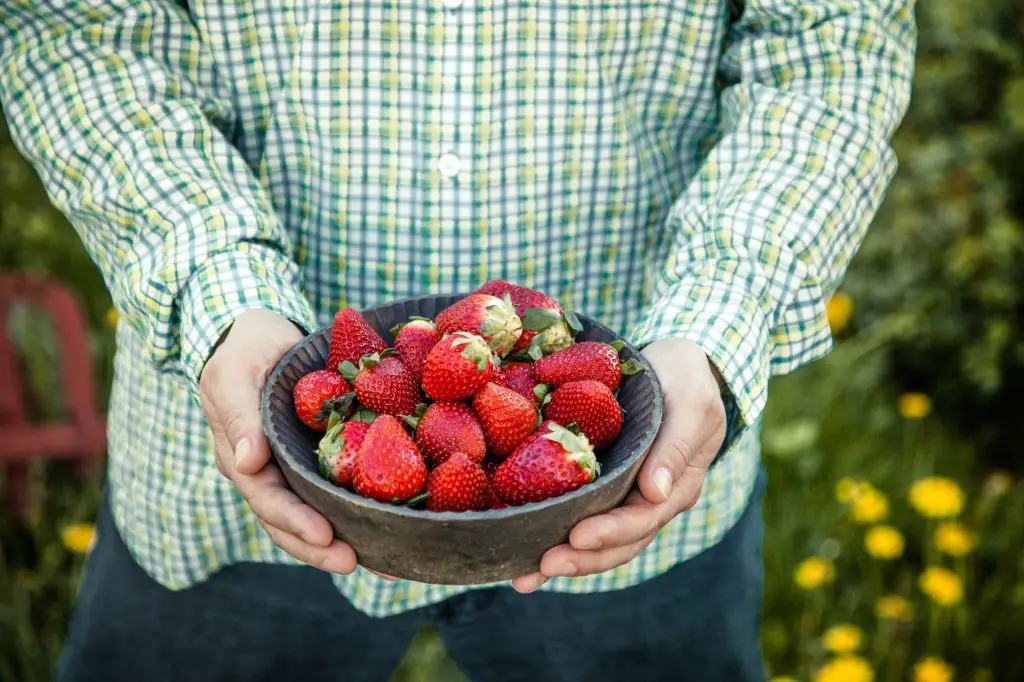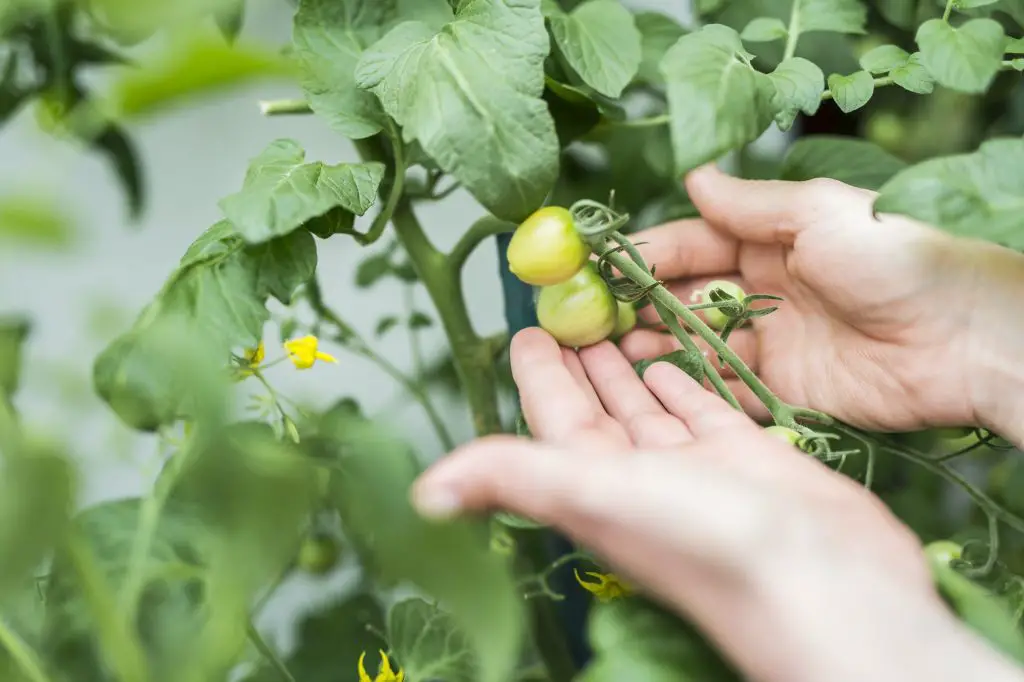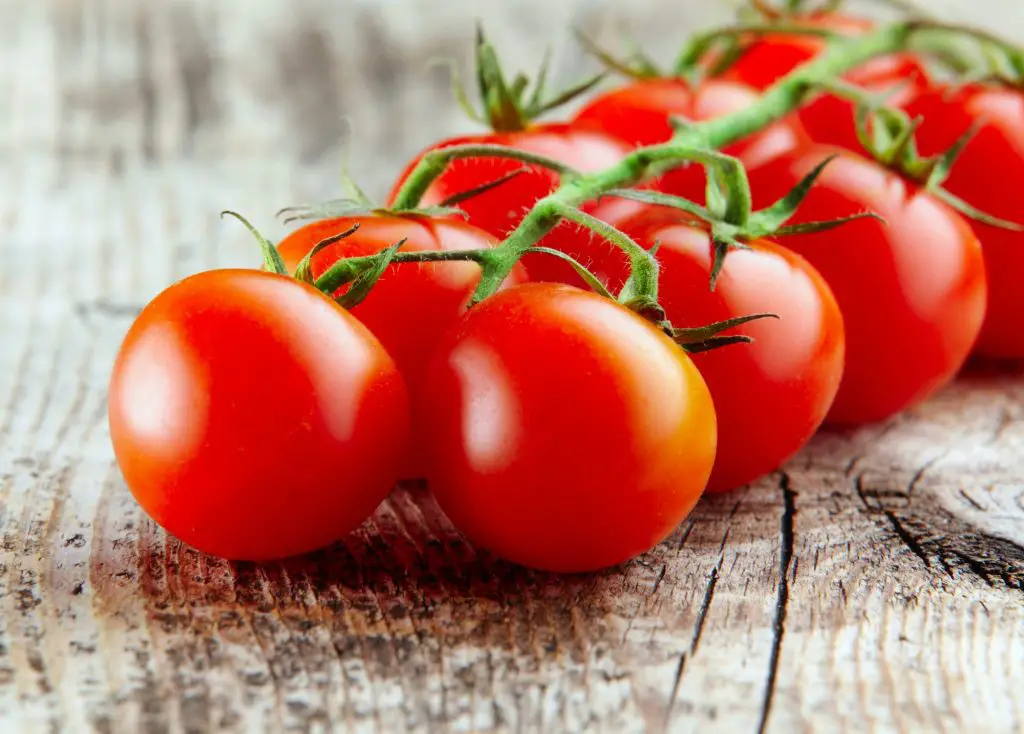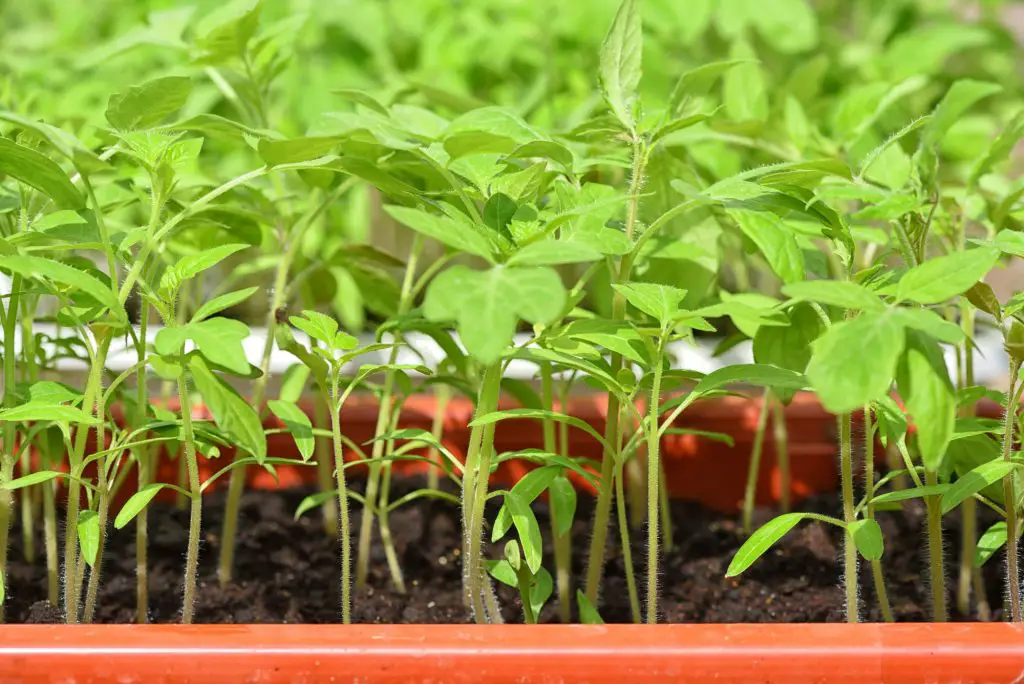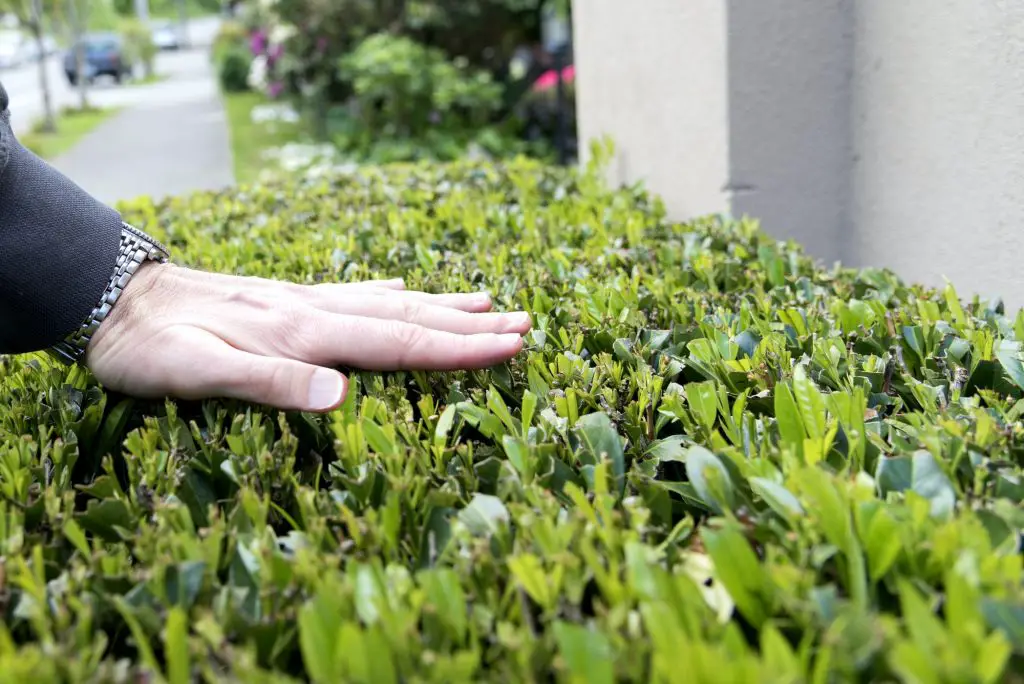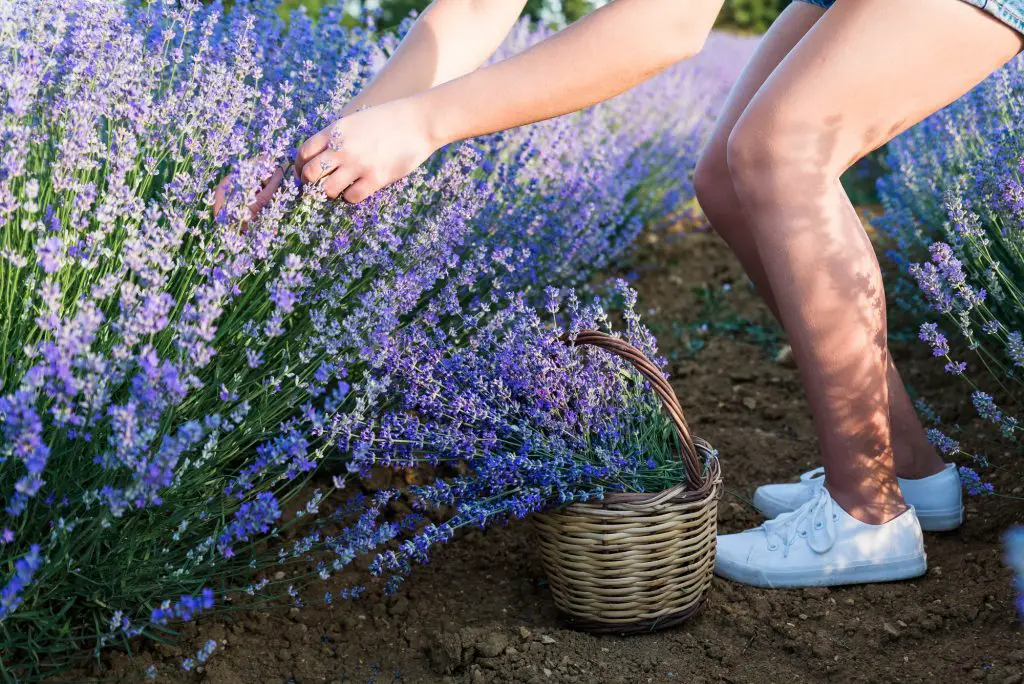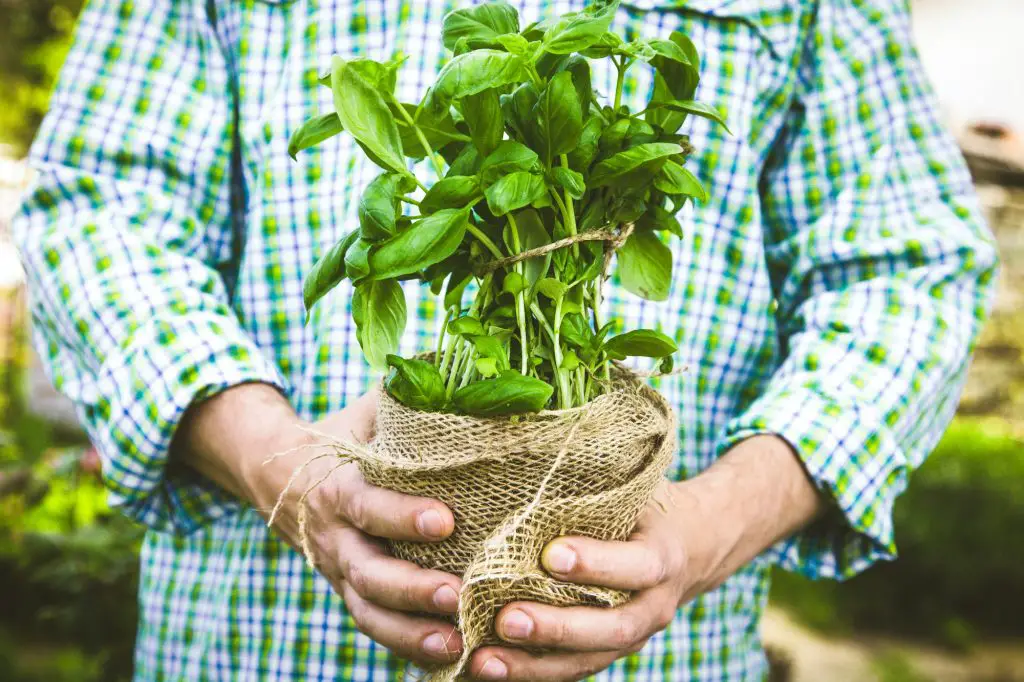Can strawberry plants live through winter? Strawberries are actually hardy plants which means they can definitely survive during winter but how you take care of them during this period is also essential. While some might agree that strawberries are easy to grow, they might also agree that it is not the easiest perennial to grow, and to ensure a juicy crop during harvest, you need to protect it from winter.
Winterizing strawberries is actually not that difficult as long as you are armed with the basic requirement.
As the temperature drops each year, most crops need to be sheltered from the cold and although strawberries are hardy perennials, they still need to be protected. If they don’t get extra protection during winter they can die or suffer from cold.
Strawberries are the most popular type of berries grown in garden homes and the reason is quite understandable. This delicious and nutritious fruit is relatively easy to grow and growing it in your garden allows you to know exactly what you are eating. So, read on to get information on how to take care of it in winter.
Table of Contents
Why Winterize Strawberries?
The reason you need to protect strawberries from winter is that the temperatures below 15 degrees F can easily damage the new buds coming up and this means less crop yield next year.
Another vital reason to keep it away from the cold is that it can expose the plant crown to drying air and hungry critters looking for a winter fruit to feed on.
Strawberry plants are hardy perennials but they don’t have the thick bark that protects many perennials.
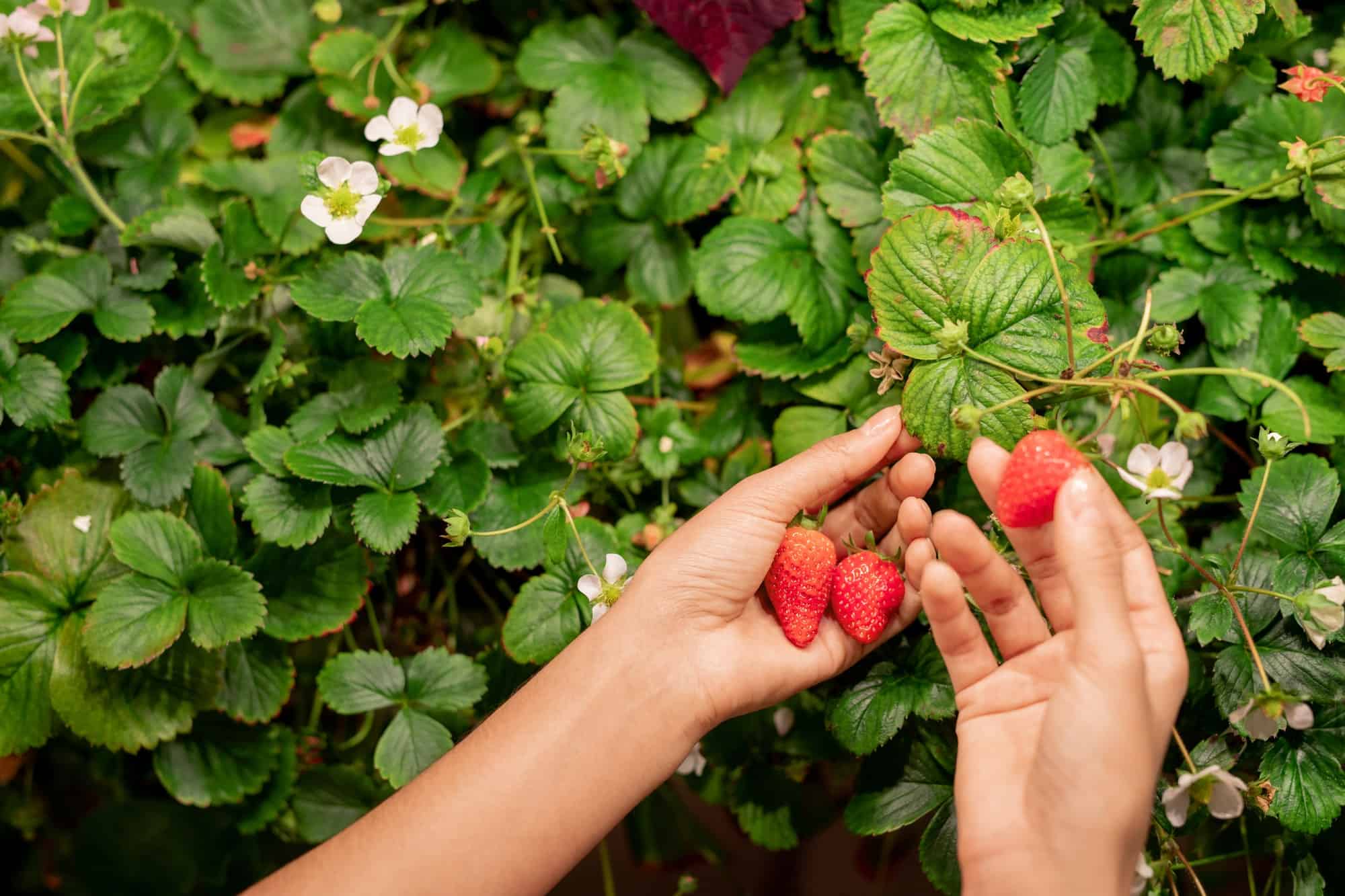
To keep your strawberries alive all through the year then you need to care for them in winter until warm spring appears. Another reason you should keep your plant protected in winter is that when soil repeatedly freezes, it pushes plants up.
How to Take Care Of Your Strawberry Plants In Winter
Different varieties of strawberries produce fruit differently at various types during their growing season but regardless they all need to be protected in winter.
To care for your plant in winter, first, you need to ensure that the plants are truly dormant which means you need to check the crowns to make sure there is no current new growth growing.
Then after that, here are simple tips on how to take care of your strawberry plants in winter.
- Once the temperature drop below 32 degrees F then you need to cover your strawberry plants. Heaping mulch over plants will make sure they are not exposed to cold. Use 3 to 4 inches of loose mulch and avoid using a heavily compact material and some good options to choose from including straw, clean hay, leaves, bark chips, cobs, or chopped cornstalk.
- Another way you can protect strawberries in winter is by covering them with a sheet of spellbound polyethylene. This method is recommended in warmer climates but on unusually cold nights.
- To protect the potted strawberry plants in winter, bring them to a protected area where the cold isn’t an issue. Potted strawberry plants are more susceptible to damages during cold than ground plants so have them moved to a covered porch, basement or garage. But if the container can’t be moved, cover with mulch just as you would with ground plants.
Do you cut back strawberries for winter?
Strawberries don’t need to cut back just like every other bush berries. They will need protection to get through the winter season even though they keep their foliage intact right until the very first growing season but they will never cut back.
How cold is too cold for strawberry plants?
The temperature will be considered too much for your garden strawberry if its’ anything above 80 degrees F. The ideal temperature should be between 60 to 80 degrees Fahrenheit. However, As long as the plants are protected from frost, they can tolerate low temperatures of 22 degrees F.
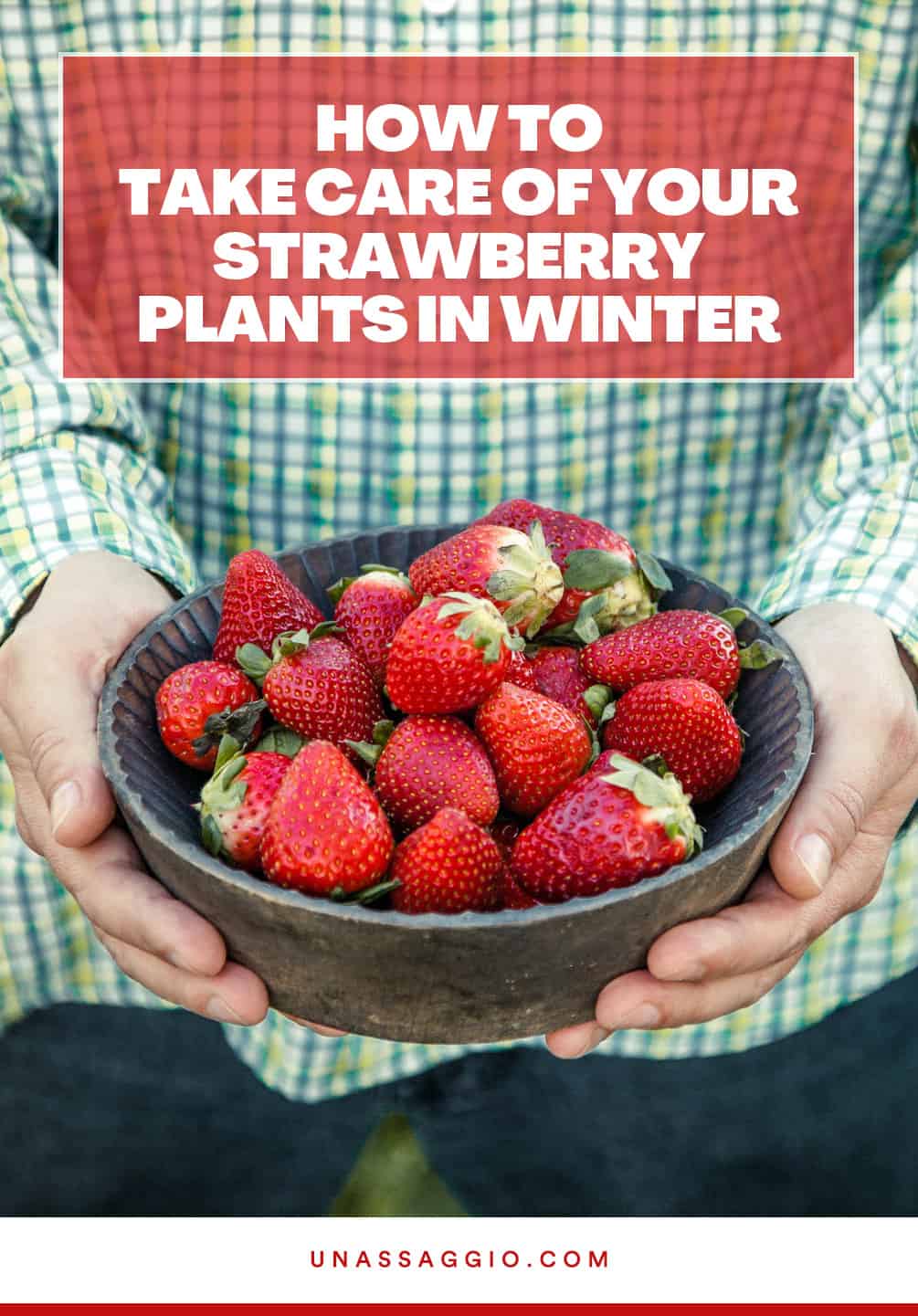
Wrapping Up
Strawberries are hardy perennials and will survive mild freezing temperatures just fine but anything too extreme might just cause damages to your fruits.
So in areas with high cold temperatures then extra care needs to be taken. By following the simple tips above, you can rest assured your plants will emerge fine, ready to fruit and flower in the spring.

